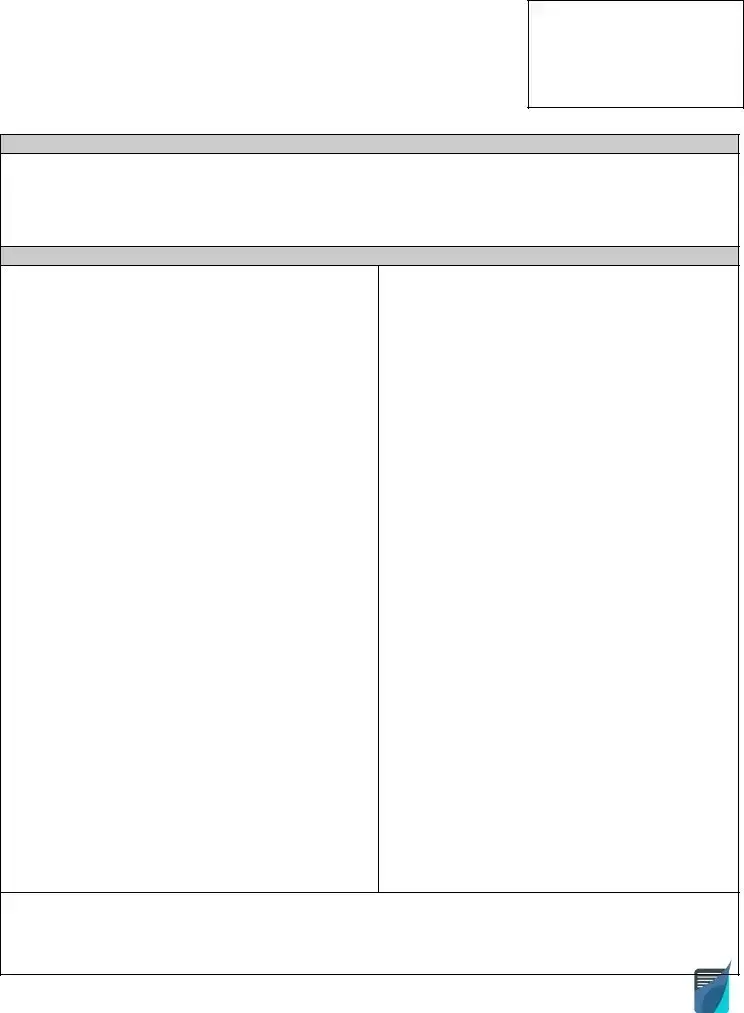Official Work Release Form in PDF
The Work Release form is a document that allows individuals to leave a correctional facility temporarily for employment purposes. This form is essential for facilitating the reintegration of individuals into the workforce while ensuring compliance with legal obligations. Understanding the requirements and processes associated with the Work Release form is crucial for both applicants and employers.
Open Form Here

